If you’re a Persian cat enthusiast or considering venturing into the world of cat breeding, you’ll want to understand the challenges and rewards that come with it. Breeding Persian cats involves careful selection, rigorous health testing, and a deep commitment to the breed’s unique characteristics. From maintaining their signature long coat to managing potential health issues, this article explores the ins and outs of Persian cat breeding. Discover the joys and obstacles that come with this fascinating endeavor, and gain insights into the world of these majestic felines.
The History of Persian Cats
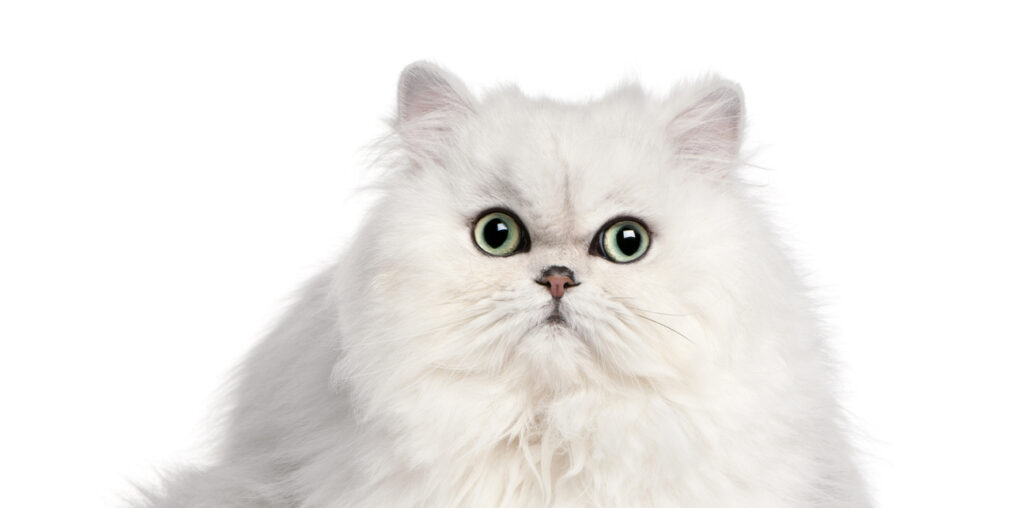
Origins
The origins of Persian cats can be traced back to ancient Persia (modern-day Iran), where they were highly revered for their beauty and elegance. It is believed that these cats were initially called “gorbe-ye irani” (Iranian cat) in their homeland. They were highly treasured and often depicted in Persian art, poetry, and literature.
Early Development
The development of Persian cats as a distinct breed began during the 17th century, when they were brought to Europe by traders and explorers. These cats quickly gained popularity among the aristocracy and became a symbol of prestige and luxury. Breeders in Europe selectively bred Persian cats to enhance their distinctive features, such as their long flowing coats, round faces, and gentle temperaments.
Popularity
Throughout the 19th and 20th centuries, Persian cats continued to capture the hearts of cat enthusiasts all over the world. Their popularity continued to grow, and they became one of the most sought-after breeds in cat shows and households. The Persian cat’s luxurious coat, calm demeanor, and regal appearance made them a favorite among cat lovers.
Modern Persian Cats
In the present day, Persian cats are still cherished for their unique beauty and affectionate nature. The breed has evolved over time, with different variations and subtypes emerging. Modern Persian cats are available in a wide range of colors and patterns, including solid, tabby, calico, bi-color, and more. Despite years of selective breeding, their enchanting features and gentle personalities remain consistent.
Understanding Persian Cat Breeding
Selective Breeding
Persian cat breeding is a carefully planned process that aims to produce kittens with specific physical traits and temperaments. Breeders select parent cats based on their desired features, such as coat length, color, facial structure, and personality. By selectively mating cats with desirable traits, breeders can create offspring that exhibit these characteristics.
Breeding Objectives
The primary objective of breeding Persian cats is to maintain and improve the breed’s standard characteristics. Breed standards include criteria for coat quality, body shape, eye shape and color, and overall appearance. Breeders strive to produce kittens that conform to these standards, ensuring the continuation of the Persian cat’s unique traits and qualities.
Types of Persian Cats
There are different types of Persian cats based on their facial structure: doll-faced, traditional, and ultra-typed. Doll-faced Persians have a more natural facial structure, resembling the original Persian cats. Traditional Persians have a slightly flatter face, while ultra-typed Persians have an extremely flat face. Each type has its own distinct beauty and appeal.
Breeding Ethics
Responsible Persian cat breeders prioritize the health and well-being of their cats. They conduct health screenings to detect genetic disorders and take steps to minimize the risks of hereditary diseases. Additionally, ethical breeders ensure that their cats receive proper care, attention, and socialization. They also strive to find loving homes for their kittens, placing the welfare of the cats above financial gains.
Challenges in Persian Cat Breeding
Health Concerns
One of the major challenges in Persian cat breeding is the potential for health issues. The breed is prone to certain genetic disorders, including polycystic kidney disease (PKD), hypertrophic cardiomyopathy (HCM), and progressive retinal atrophy (PRA). Diligent health screening and responsible breeding practices can help minimize the risk of these conditions and preserve the overall health of the breed.
Breeding Difficulties
Breeding Persian cats can present various challenges, such as conception difficulties and high rates of stillbirths or neonatal mortality. The cats’ long coats require extra care during breeding to prevent matting and ensure successful mating. Breeders must also be knowledgeable about feline reproductive cycles and be prepared to address any complications that may arise during pregnancy or delivery.
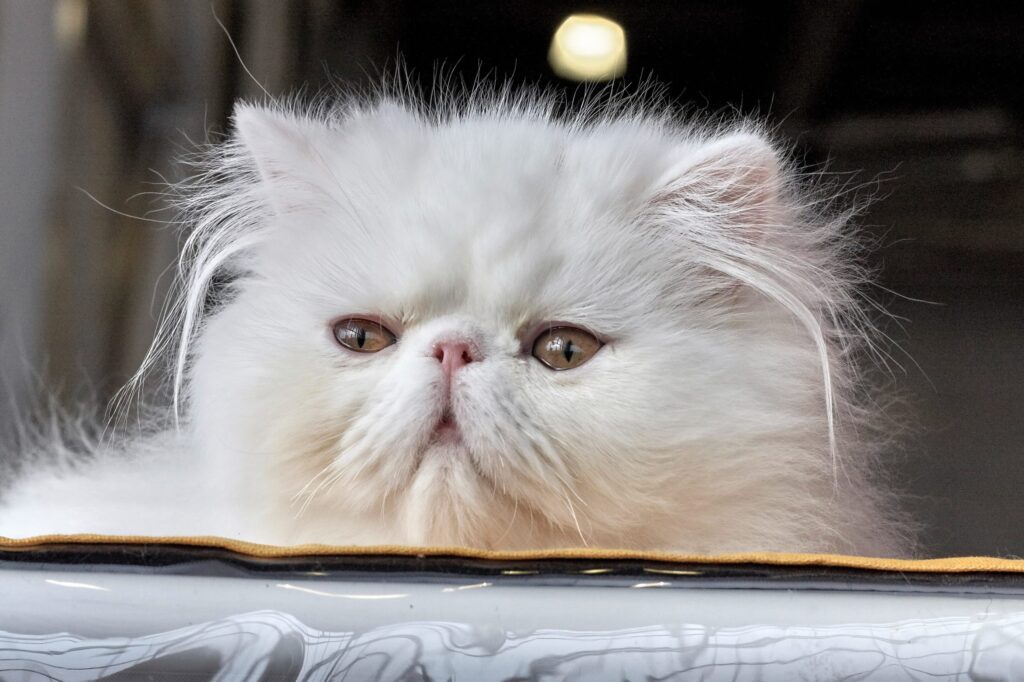
Maintaining Coat Quality
The Persian cat’s long and luxurious coat requires regular grooming and maintenance to keep it in optimal condition. Breeders must invest considerable time and effort into grooming their cats to prevent matting, tangles, and skin issues. Coats that do not receive proper care can develop problems, jeopardizing the breed’s signature attribute.
Genetic Disorders
Due to the extensive selective breeding that has been done to create the Persian cat breed, there is an increased risk of inheriting genetic disorders. Responsible breeders carefully evaluate the health histories of their breeding cats and conduct genetic testing to identify and avoid passing on genetic disorders. By selecting breeding stock with clean genetic backgrounds, breeders can mitigate the risk of inherited health issues.
Caring for a Persian Cat
Grooming
Grooming is crucial for maintaining the beauty and health of Persian cats. Their long, dense coats require daily brushing to prevent matting and the formation of hairballs. Regular bathing, ear cleaning, and nail trimming are also essential parts of their grooming routine. Additionally, breeders and owners should pay attention to dental hygiene and regularly consult with veterinarians for professional grooming advice.
Health Care
Persian cats require regular veterinary care to ensure their optimal health. Routine vaccinations, parasite prevention, and annual wellness examinations are vital for their overall well-being. Proper nutrition, dental care, and weight management are also important aspects of maintaining the health of Persian cats. Owners should be proactive in monitoring their cats for any signs of illness or discomfort and seek prompt veterinary attention when needed.
Nutrition
A balanced and nutritious diet is essential for the health and longevity of Persian cats. High-quality cat food formulated for their specific needs should be provided, with the guidance of veterinarians. Proper hydration is also crucial, as Persian cats tend to have flatter faces, making it more difficult for them to drink water from regular bowls. Drinking fountains or wide, shallow dishes can be used to facilitate their water intake.
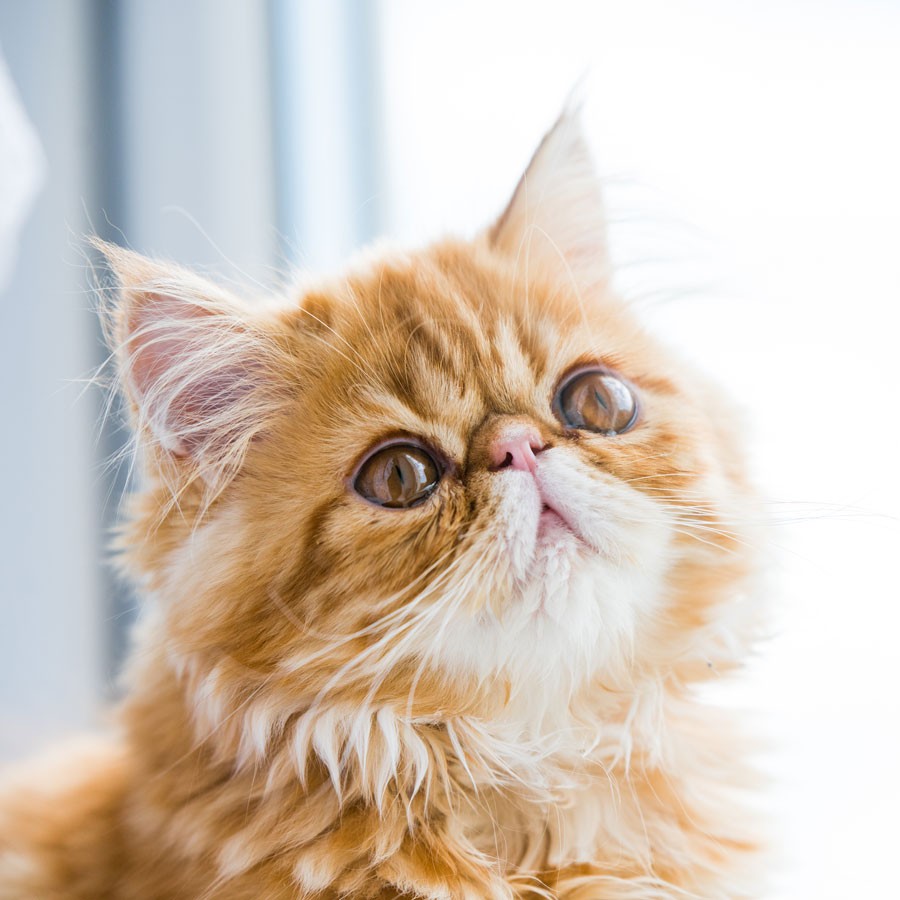
Exercise and Play
Although Persian cats are generally known for their calm and docile nature, they still need regular exercise and mental stimulation to prevent obesity and maintain their overall well-being. Engaging them in play sessions with toys, interactive puzzles, and scratching posts can help fulfill their need for physical activity and mental enrichment. However, it’s important to provide them with a safe and secure environment to avoid any potential injuries.
Preparing for Persian Cat Breeding
Researching Breeding Lines
Before embarking on a Persian cat breeding program, thorough research is essential. Breeders should study pedigrees, health records, and characteristics of potential breeding cats. Understanding the traits that have been consistently passed down through generations can help breeders make informed decisions and produce healthy and desirable kittens.
Selecting Breeding Stock
Choosing suitable breeding stock is a critical step in Persian cat breeding. Breeders should carefully evaluate their cats’ physical attributes, temperament, and overall health. Cats with good conformation, superior coat quality, and a sound genetic background are ideal candidates for preserving and improving the breed. Responsible breeders also consider the compatibility of potential mates to ensure successful breeding outcomes.
Creating a Breeding Plan
Developing a well-thought-out breeding plan is crucial for achieving specific breeding objectives. Breeders should set clear goals regarding coat color, pattern, face structure, and overall health considerations. They need to map out breeding pairs, considering genetic compatibility and potential offspring outcomes. A breeding plan helps maintain focus and guides breeders in making strategic mating decisions.
Understanding Genetics
A solid understanding of feline genetics is essential in Persian cat breeding. Breeders need to comprehend inheritance patterns, gene types, and the probability of passing on specific traits. Knowledge of color genetics is particularly important when breeding for specific coat colors or patterns. This understanding enables breeders to make informed choices and predict the outcomes of mating combinations.
Breeding Persian Cats: The Process
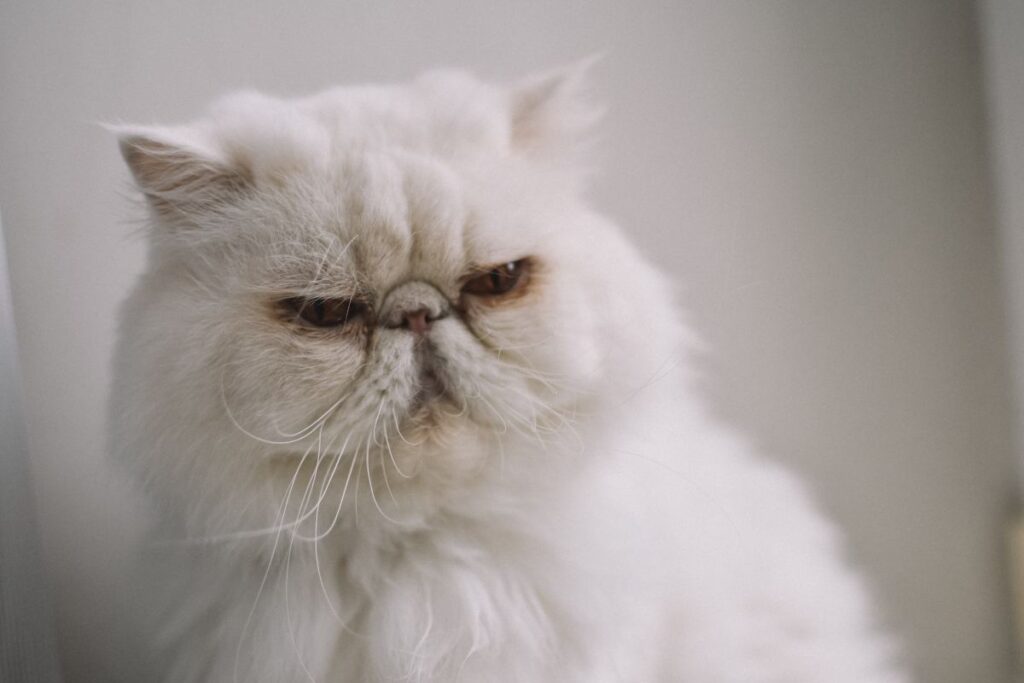
Mating and Pregnancy
Mating Persian cats requires careful planning and observation. Breeders determine the timing of mating by tracking the female cat’s reproductive cycle and observing her behavior for signs of receptivity. Once a successful mating has occurred, the female cat’s pregnancy lasts approximately 63 days. During this time, breeders provide proper nutrition, regular veterinary care, and monitor the pregnant cat’s health closely.
Birth and Delivery
As the due date approaches, breeders prepare a quiet and comfortable birthing area known as a “kitten box” for the expectant mother. Persian cats often require assistance during labor, as their flat faces can lead to complications during delivery. Breeders must be prepared to intervene if necessary and provide the mother and newborn kittens with supportive care and a clean environment.
Kitten Care
Caring for Persian kittens from birth is a delicate task. Breeders ensure that the kittens are warm, well-fed, and receive colostrum from the mother cat to boost their immune systems. They monitor the kittens for proper growth and development, and provide them with socialization opportunities to ensure they become well-adjusted and confident cats.
Socialization
Socialization is a crucial aspect of Persian cat breeding. Breeders expose the kittens to various stimuli, such as different people, sounds, and environments, to ensure they grow up to be well-socialized cats. Early socialization helps Persian kittens develop into friendly, confident, and adaptable felines, making them excellent companions for their future owners.
Showing Persian Cats
Cat Show Competitions
Cat shows provide an opportunity for breeders and owners to showcase their Persian cats and exhibit their breed’s unique traits. These competitions bring together cats from different breed lines and allow judges and enthusiasts to appreciate their beauty and elegance. Cat shows also serve as a platform for networking with other breeders and promoting the Persian cat breed.
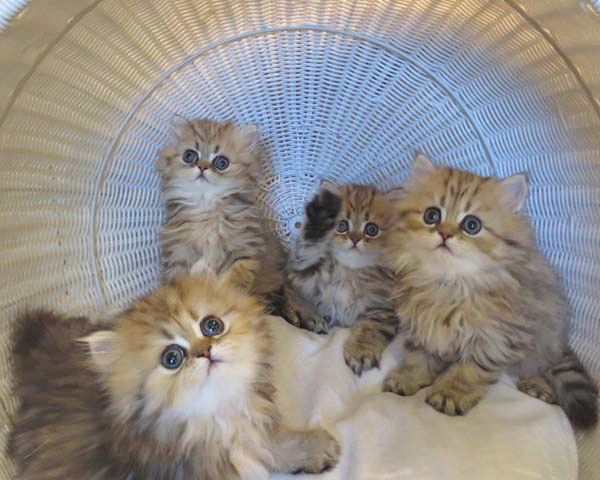
Preparing for Shows
Preparing a Persian cat for a show involves meticulous grooming and conditioning to present the cat in its best form. Breeders and owners carefully groom the cat’s coat, trim the nails, and clean the ears and eyes. Preparing the cat for the show ring also involves training them to tolerate handling and getting them accustomed to the sights and sounds commonly encountered at shows.
Judging Criteria
During cat shows, Persian cats are evaluated based on specific breed standards established by cat associations such as the Cat Fanciers’ Association (CFA) and The International Cat Association (TICA). Judges assess various aspects, including coat quality, eye shape, body structure, and overall appearance. Cats that closely adhere to the breed standard are awarded points and earn recognition.
Handling and Presenting
Handlers play a crucial role in presenting Persian cats during shows. They showcase the cat’s unique traits to judges by carefully approaching, positioning, and moving the cat in a confident and graceful manner. Handlers exhibit the cat’s personality, allowing judges to assess their temperament and overall appeal. Gentle and patient handling is essential to keep the cats calm and comfortable throughout the show.
Creating a Persian Cat Breeding Program
Setting Goals and Objectives
Establishing clear goals and objectives is essential when creating a Persian cat breeding program. Breeders should identify the specific traits they aim to preserve or enhance in their breeding cats. These goals can include coat color and pattern, facial structure, temperament, and genetic health. Having a well-defined breeding program helps breeders stay focused and make strategic decisions to achieve their objectives.
Understanding Pedigrees
Pedigrees are an important tool in Persian cat breeding. They provide a comprehensive record of a cat’s ancestry and help breeders evaluate the lineage, genetic health, and traits inherited by a potential breeding cat. By studying pedigrees, breeders can assess the strengths and weaknesses of the lineage and make informed decisions to improve the breed.
Record Keeping
Accurate and detailed record keeping is a fundamental aspect of a successful breeding program. Breeders should maintain comprehensive records of each cat’s pedigree, health history, breeding activities, and show results. These records not only serve as a historical reference but also assist breeders in tracking the progress of their breeding program and making informed decisions for future matings.
Continual Improvement
Creating a successful Persian cat breeding program requires a commitment to continual improvement. Breeders should stay up-to-date with the latest advancements in feline genetics, health screenings, and breeding techniques. Regular evaluation and assessment of their breeding cats and offspring help breeders identify areas for improvement and implement necessary changes to develop a stronger and healthier breed.
Persian Cat Breeding Regulations
Breed Standards
Breed standards define the ideal characteristics and appearance of Persian cats. These standards provide a benchmark for breeders and judges when evaluating cats in shows. Cat associations like CFA and TICA establish breed standards to ensure uniformity and maintain the integrity of the Persian cat breed. Breeders should adhere to these standards when selecting breeding cats and exhibiting their felines.
CFA and TICA Guidelines
CFA and TICA are two prominent cat associations that provide guidelines and regulations for Persian cat breeding. They set criteria for registration, pedigree requirements, show classifications, and codes of ethics for breeders. Following these guidelines demonstrates a breeder’s commitment to ethical practices, responsible breeding, and the preservation of breed standards.
Ethical Breeding Practices
Ethical Persian cat breeders prioritize the health, well-being, and welfare of their cats. They adhere to responsible breeding practices that prioritize good health, genetic diversity, and breed standard preservation. Ethical breeders avoid practices such as inbreeding or breeding cats with known hereditary health issues. They take measures to screen for genetic disorders and provide suitable living conditions and socialization for their cats and kittens.
Registration and Certification
Registering Persian cats with recognized cat associations provides breeders with official recognition of the breed’s purity and adherence to breed standards. Cat associations issue pedigrees and certificates to verify the lineage of the cats and their eligibility to participate in shows and breeding programs. Registering cats also helps maintain a comprehensive record of the breed, ensuring the integrity of the Persian cat lineage.
The Rewards of Persian Cat Breeding
Bonding with Cats
The bond formed between Persian cat breeders and their cats is a rewarding aspect of breeding. Spending time with their cats, caring for them, and witnessing their unique personalities and behaviors creates a deep connection. The companionship and love shared with the cats make the breeding process a fulfilling and enriching experience.
Contributing to the Breed
Persian cat breeders play a crucial role in preserving and improving the breed. Through their careful breeding practices, they ensure the continuation of the breed’s distinct characteristics, such as the luxurious coat, gentle temperament, and regal appearance. By producing healthy and well-socialized kittens, breeders contribute to the longevity and vitality of the Persian cat breed.
Building a Community
Persian cat breeding fosters a sense of community among breeders, owners, and enthusiasts. Breeders have the opportunity to network, exchange knowledge, and collaborate with others who share their passion for Persian cats. Engaging in online forums, attending cat shows, and participating in breeder associations allows breeders to build connections and foster camaraderie within the Persian cat breeding community.
Educational Opportunities
Persian cat breeding provides continual opportunities for learning and personal growth. Breeders must stay abreast of advancements in feline genetics, health, and breeding practices to improve their breeding programs. Engaging in educational activities, attending seminars, and collaborating with veterinary professionals enhance the breeders’ knowledge and expertise, ensuring the continuous development of their breeding skills.
10 Common Questions about Persian Cats:
- Are Persian cats hypoallergenic?
- How often do Persian cats need grooming?
- Do Persian cats get along well with other pets?
- Are Persian cats prone to health issues?
- What is the average lifespan of a Persian cat?
- Are Persian cats high maintenance?
- How can I keep my Persian cat’s coat healthy and tangle-free?
- Do Persian cats require a specific diet?
- Are Persian cats suitable for families with children?
- Can Persian cats be kept as indoor-only pets?
